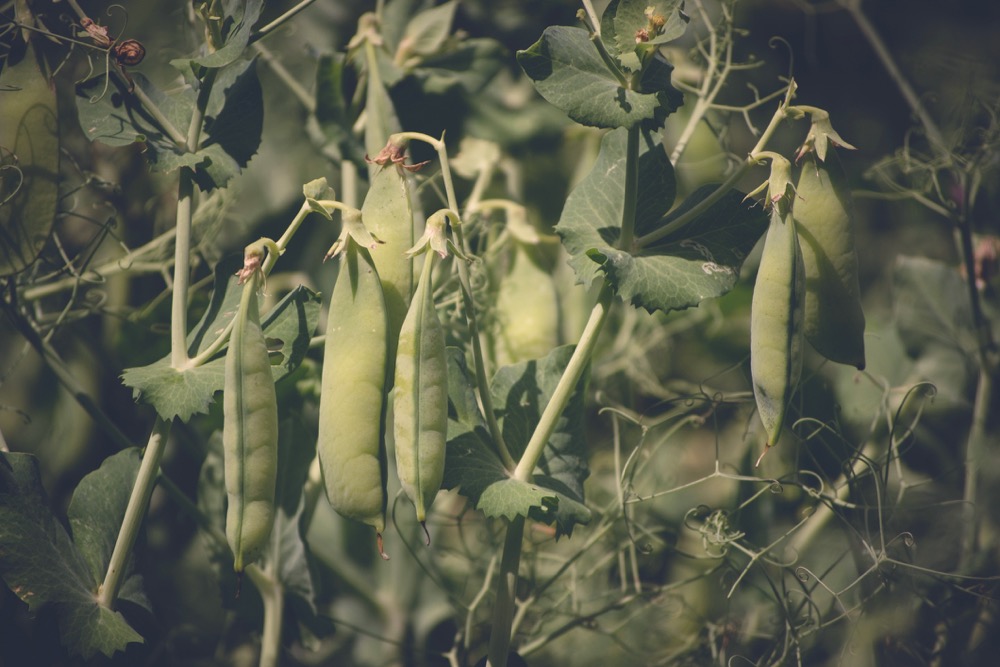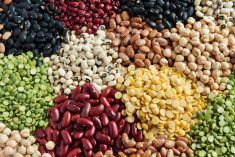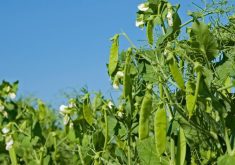CNS Canada — A policy extension from major pulse buyer India has brought short-term support to Canada’s dry pea market, but values are hanging in a range, price- and demand-wise.
India in late March extended its fumigation policy requirement for three months, allowing the market some breathing room, though officials still hope to come to a long-term solution.
“I think there’s been a little uptick, I don’t know how long it’s going to last, but there’s pretty good demand,” said Tony Gaudet, president of Belle Pulses.
Read Also

Pulse Weekly: Yields coming into focus
Provincial agricultural departments are reporting pulse yields higher than Statistics Canada’s September estimates.
Export sales reported by the Canadian Grain Commission are well above year-ago levels, with the most recent report, released Friday, showing sales to date at 2.6 million tonnes, compared with the same time frame a year prior, when sales were at 1.9 million tonnes.
That strong demand is due in part to the “shelf” on which dry pea prices sit, said Bobby Leavins, operations manager at Rayglen Commodities.
“They never went on the run that lentils did; they obviously didn’t come crashing down as much as lentils did,” he said.
“The values it’s being traded at seem to work for both sides,” he said, as the market is at a level where growers are willing to sell and buyers are willing to purchase.
Western Canadian spot prices for green peas are sitting around $7.65-$8.50 a bushel, while yellows are trading around $6.70-$8.75, according to data from Prairie Ag Hotwire.
“We don’t expect to see (prices) changing until we’ve got a better idea on what this year’s crop looks like,” Leavins said.
Projections from Agriculture and Agri-Food Canada’s supply and disposition report peg this year’s seeded area at close to 4.2 million acres, about on par with last year’s level.
Prices for yellow peas are at slightly higher levels in some areas, as supplies are tighter — which, although yellow pea acres are usually relatively higher, will likely lend itself to a higher share of overall pea production compared with previous years.
— Jade Markus writes for Commodity News Service Canada, a Winnipeg company specializing in grain and commodity market reporting. Follow Jade at @jade_markus on Twitter.















